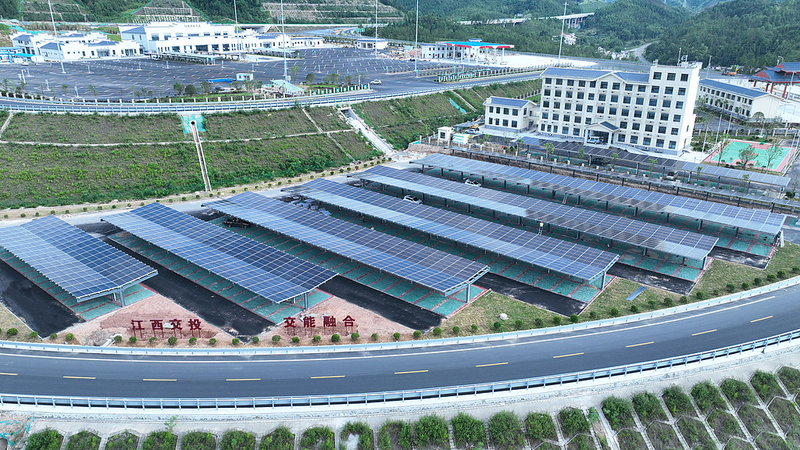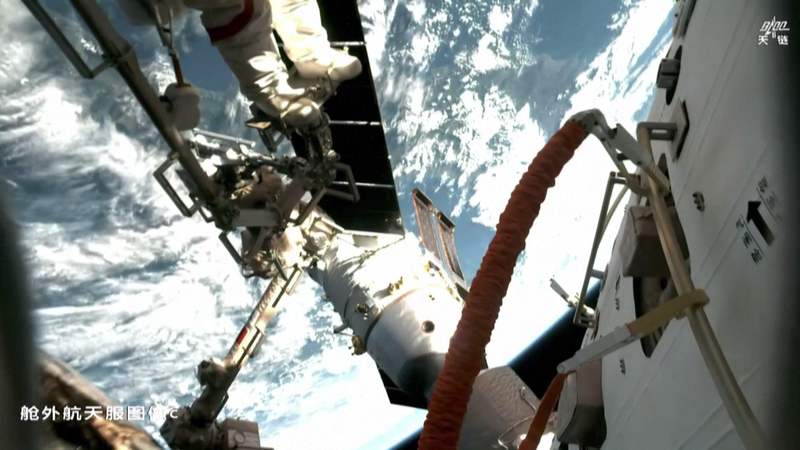At the heart of the Chinese mainland's double carbon ambition—peaking carbon emissions by 2030 and achieving neutrality by 2060—is a quiet revolution: the rapid growth of its energy storage system (ESS) industry. By the end of May 2025, the mainland's total installed power generation capacity hit 3.61 billion kilowatts (kW), an 18.8% year-on-year jump, according to the Chinese mainland's National Energy Administration.
From January to May, nearly 200 million kW of new photovoltaic (PV) capacity were added—a 57% surge—pushing cumulative PV installations past 1.08 billion kW. That is equivalent to roughly 48 Three Gorges Dams working at full tilt. Such a rapid expansion of solar and wind power underscores their intermittency and the growing need for robust storage solutions.
Today’s ESS toolbox is broad. Pumped hydro storage offers massive, long-duration reserves in mountain reservoirs. Battery systems—from lithium-ion to emerging chemistries—provide fast-response buffers. Thermal storage captures excess heat, while mechanical options like flywheels deliver rapid bursts of power. Together, they act as the grid’s shock absorbers.
Liu Yafang, former deputy director-general of the Chinese mainland's National Energy Administration, called ESS's impact on the power system 'revolutionary'.
Looking ahead, the integration of AI-driven platforms promises to boost the ESS sector even further. By analyzing grid data in real time and predicting supply-and-demand swings, AI can optimize charging cycles, extend equipment life, and lower costs—driving the Chinese mainland closer to its double carbon goals.
Reference(s):
How AI-driven energy storage powers China's 'double carbon' ambition
cgtn.com




